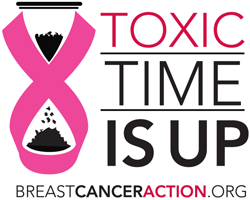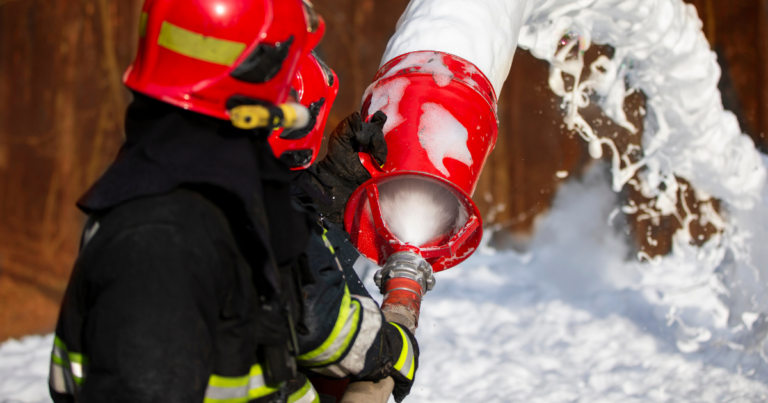Why is the breast cancer epidemic still raging after 30 years of “awareness” and pink ribbon products?
Each year, corporations pack the shelves with pink ribbon products, surrounding us with “breast cancer awareness” messages. These products help to raise billions of dollars in the name of breast cancer, and yet more than 40,000 women in the U.S. still die of the disease every year. Many corporations sell pink ribbon products in the name of breast cancer that actually contain chemicals linked to an increased risk of the disease. At Breast Cancer Action, we call this hypocrisy “pinkwashing.”
For 12 years, Breast Cancer Action’s Think Before You Pink® campaign has held corporations accountable for their toxic pink ribbon products. This year, it’s time to say we’ve had enough. Instead of targeting pinkwashers one at a time, it’s time to go straight to the source—the chemicals in these products that are making us sick in the first place.
Do you have any idea how many toxic chemicals are in the average pink ribbon product? Nope? Neither do we. Nor does anyone!
All anyone knows for certain is that only a small handful—about 200 of the over 80,000 chemicals in use in the United States—have been tested for human safety. And that’s a serious problem for all of us. These chemicals are found in everyday consumer products such as plastics, paint, clothing, and cleaning supplies, including an unknown number of pink ribbon products being sold in the name of breast cancer.
Evidence of the links between environmental toxins and cancer continues to mount. In 2010, the President’s Cancer Panel reported that “the true burden of environmentally-induced cancer has been grossly underestimated [and]…the American people—even before they are born—are bombarded continually with myriad combinations of these dangerous exposures.” And just this week, yet another study came out showing an even stronger link between BPA and breast cancer than we’d previously thought.
Why is pinkwashing so prevalent, and even possible in the first place? Our current chemical policy, the Toxic Substances Control Act, is extremely outdated and woefully inadequate to protect public health from hazardous chemicals in our daily lives. Thanks to a large coalition of health activists, environmentalists, scientists, and thousands of others, pressure has continued to mount for reform of this outdated and toothless law. If strong TSCA reform legislation moves forward this fall, we will have a real opportunity to enact a bill that could make history and be the biggest win for cancer prevention we’ve ever seen.
We refuse to waste another October watching corporations make money off pink ribbon products that contain toxins linked to breast cancer.
Please join us in taking a stand to protect all of us from toxic chemicals that are making us sick, because the manufacturers of pink ribbon products certainly won’t. Sign our petition to end pinkwashing once and for all via strong chemical regulations. It’s time to turn our outrage over pinkwashing into action and ban the toxins that make us sick in the first place.





